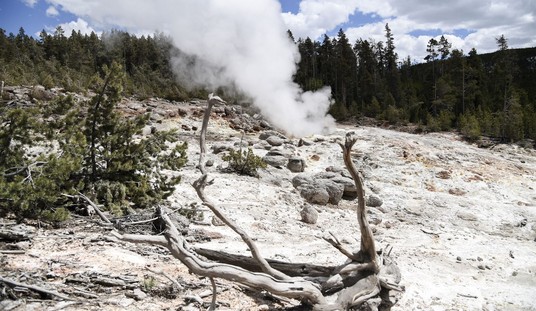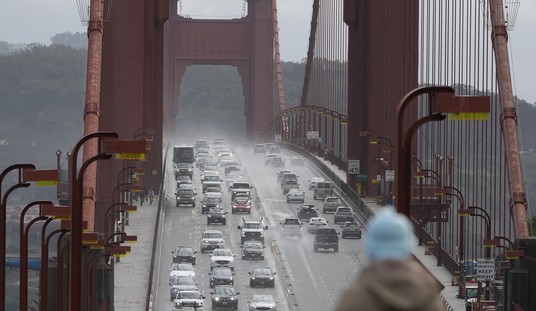
This week’s entry from the RedState Department of History deals with one of the several ways the belligerents in the First World War tried to involve the United States in the wider conflict.
Both sides had designs on American involvement. At the outbreak of war, the British severed the Trans-Atlantic Cable, making it impossible for Germany to communicate from the United States. Yet, the Americans allowed such communication anyway, provided messages were submitted to them first. Still, that didn’t stop British ships from interdicting American ships loaded with cargo for the Central Powers on the high seas through 1915. The United States had $169 million worth of trade with the Central Powers in 1914 – a quarter of the trade they had with the Allies.
As the British naval blockade of Germany began to bite, the Kaiser’s government grew increasingly belligerent toward the United States since it would not pressure the British to lift the blockade. The result was one of the most spectacular instances of sabotage in American history – the “Black Tom” explosion, which occurred on this date in 1916.
Black Tom Island is located in New Jersey, near its border with New York. On this date, German saboteurs blew up a shipment of arms and armaments destined for Britain — and it all went up at once. For a video summary of the explosion, click here.
An explosion later estimated as the equivalent of 5.0 to 5.5 on the Richter Scale not only destroyed the shipment, it broke windows within a 25-mile radius of the blast and caused damage to the torch of the nearby Statue of Liberty that rendered its walkway unusable by visitors. That portion of the Statue remains closed to this day. Public access to the Statue’s crown was closed off after the 9/11 attacks in 2001.
About 955 tons of ammunition and stores went up in the blast, which killed at least four people and was heard as far away as Philadelphia and Maryland.
At first an accident was suspected but in 1939, a review panel found that the blast was one of approximately 200 acts of sabotage committed on the American mainland by Imperial German agents. A fine of $50 million was levied against the German Government, which was at that time run by the Nazis. It wasn’t until 1953 hat the government of West Germany agreed to pay $95 million to settle all claims of sabotage on the American mainland, with the last payment made in 1979.
Today, a simple plaque placed on the site is the only commemoration. And after that, the United States still didn’t enter the war — it took the release of the infamous Zimmerman Telegram in 1917 to bring America in to the First World War.
Also on this date:
July 30, 1945 – The USS Indianapolis is sunk by a Japanese submarine just three days after it delivered the first atomic bomb to scientists on Guam, where it would later be dropped on Hiroshima. 883 sailors either die in the attack or in desperate attempts to survive in open water for 84 hours after it until rescue. The sinking of the Indianapolis was the worst loss in personnel in the history of the United States Navy.
Happy Sunday and enjoy today’s open thread!
# # #














Join the conversation as a VIP Member